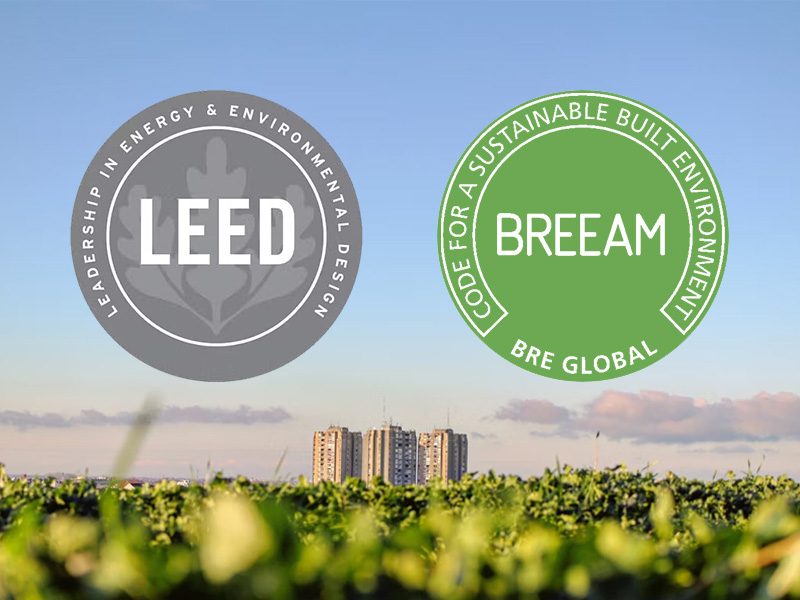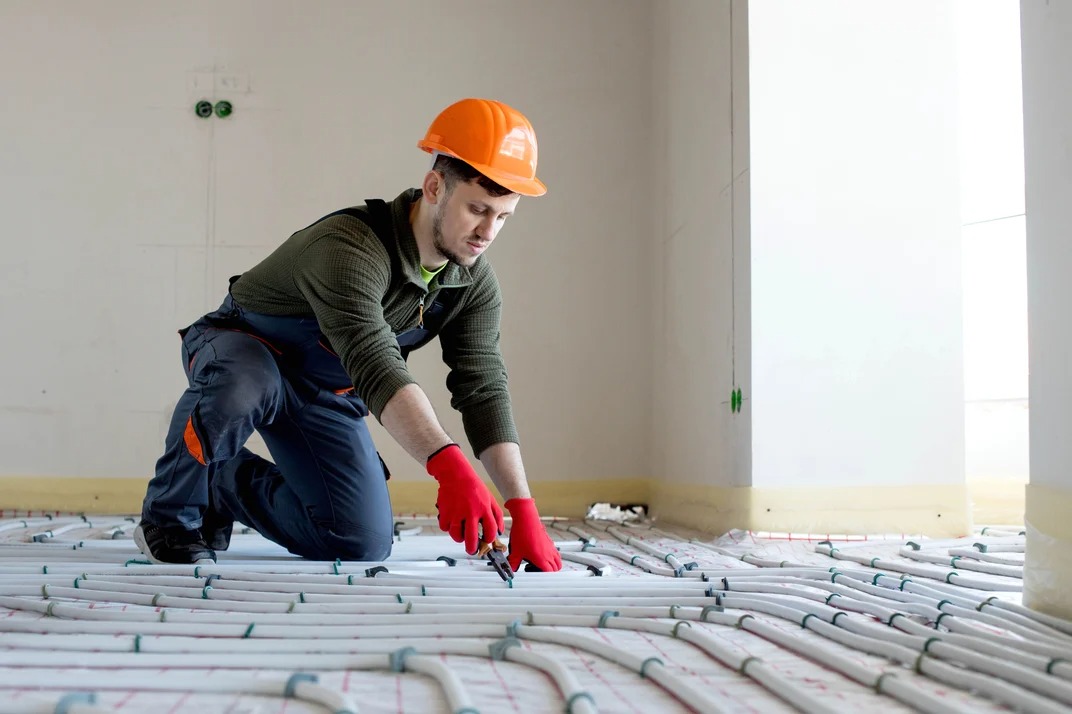Introducing a new PB-1 application
A new application for polybutene-1 (PB-1) has entered the market through a collaboration between LyondellBasell and the home appliance manufacturer Haier. The project focuses on Haier’s high-end Casarte water heater range and represents a significant step forward in the use of advanced polyolefin materials.
Moving beyond traditional metal tanks
Water heater tanks have traditionally relied on metals such as copper and stainless steel. These materials provide strength but introduce long-term limitations (corrosion risk, reduced thermal efficiency and unnecessary weight). Haier sought a durable and innovative alternative for its premium Casarte models. In collaboration with LyondellBasell they came up with a new generation of high-performance plastic tanks made from PB-1.
Proven performance of PB-1 in hot water environments
PB-1 is widely recognised for its proven long-term performance in hot water environments. Its inherent flexibility, high creep resistance and stability under continuous temperature load make it an established material of choice for demanding pressure piping systems. PB-1 also meets drinking water contact approvals, which makes it suitable for applications directly associated with domestic hot water storage and delivery.
Technical advantages of PB-1
By manufacturing tanks from PB-1, Haier achieved several technical improvements compared to traditional metal designs. The new Casarte units are lighter, simplifying handling and installation. The absence of corrosion risk contributes to longer service life. The optimised insulation behaviour of PB-1 supports higher energy efficiency, improving thermal retention throughout the operating cycle. These combined factors provide consumers with improved longevity, performance and overall system reliability.
Key PB-1 properties supporting water heater tank performance:
- High creep resistance (maintains strength under continuous temperature and stress)
- Excellent long-term performance in hot water environments
- Corrosion-free operation and resistance to scale formation
- Low density for reduced component weight
- High flexibility supporting robust processing and impact toughness
- Drinking water contact approvals ensuring safe use in domestic systems
Collaboration supported by long-standing PB-1 expertise
Cindy Qin, senior account manager for olefins and polyolefins at LyondellBasell in China, explains in the video that this collaboration builds on decades of PB-1 experience to advance a modern, high-efficiency product platform. Several Casarte PB-1 tank models are now available in markets worldwide.
PBPSA perspective
PBPSA welcomes this development as a notable example of how PB-1 can deliver technical advantages in new sectors beyond pressure piping. The material’s mechanical performance, processing versatility and hygiene certifications continue to open opportunities for innovative, high-performance applications.
Want to know more about the possibilities of PB-1? Go to the LyondellBasell website for more information.
Introducing a new PB-1 application
A new application for polybutene-1 (PB-1) has entered the market through a collaboration between LyondellBasell and the home appliance manufacturer Haier. The project focuses on Haier’s high-end Casarte water heater range and represents a significant step forward in the use of advanced polyolefin materials.
Moving beyond traditional metal tanks
Water heater tanks have traditionally relied on metals such as copper and stainless steel. These materials provide strength but introduce long-term limitations (corrosion risk, reduced thermal efficiency and unnecessary weight). Haier sought a durable and innovative alternative for its premium Casarte models. In collaboration with LyondellBasell they came up with a new generation of high-performance plastic tanks made from PB-1.
Proven performance of PB-1 in hot water environments
PB-1 is widely recognised for its proven long-term performance in hot water environments. Its inherent flexibility, high creep resistance and stability under continuous temperature load make it an established material of choice for demanding pressure piping systems. PB-1 also meets drinking water contact approvals, which makes it suitable for applications directly associated with domestic hot water storage and delivery.
Technical advantages of PB-1
By manufacturing tanks from PB-1, Haier achieved several technical improvements compared to traditional metal designs. The new Casarte units are lighter, simplifying handling and installation. The absence of corrosion risk contributes to longer service life. The optimised insulation behaviour of PB-1 supports higher energy efficiency, improving thermal retention throughout the operating cycle. These combined factors provide consumers with improved longevity, performance and overall system reliability.
Key PB-1 properties supporting water heater tank performance:
- High creep resistance (maintains strength under continuous temperature and stress)
- Excellent long-term performance in hot water environments
- Corrosion-free operation and resistance to scale formation
- Low density for reduced component weight
- High flexibility supporting robust processing and impact toughness
- Drinking water contact approvals ensuring safe use in domestic systems
Collaboration supported by long-standing PB-1 expertise
Cindy Qin, senior account manager for olefins and polyolefins at LyondellBasell in China, explains in the video that this collaboration builds on decades of PB-1 experience to advance a modern, high-efficiency product platform. Several Casarte PB-1 tank models are now available in markets worldwide.
PBPSA perspective
PBPSA welcomes this development as a notable example of how PB-1 can deliver technical advantages in new sectors beyond pressure piping. The material’s mechanical performance, processing versatility and hygiene certifications continue to open opportunities for innovative, high-performance applications.
Want to know more about the possibilities of PB-1? Go to the LyondellBasell website for more information.









